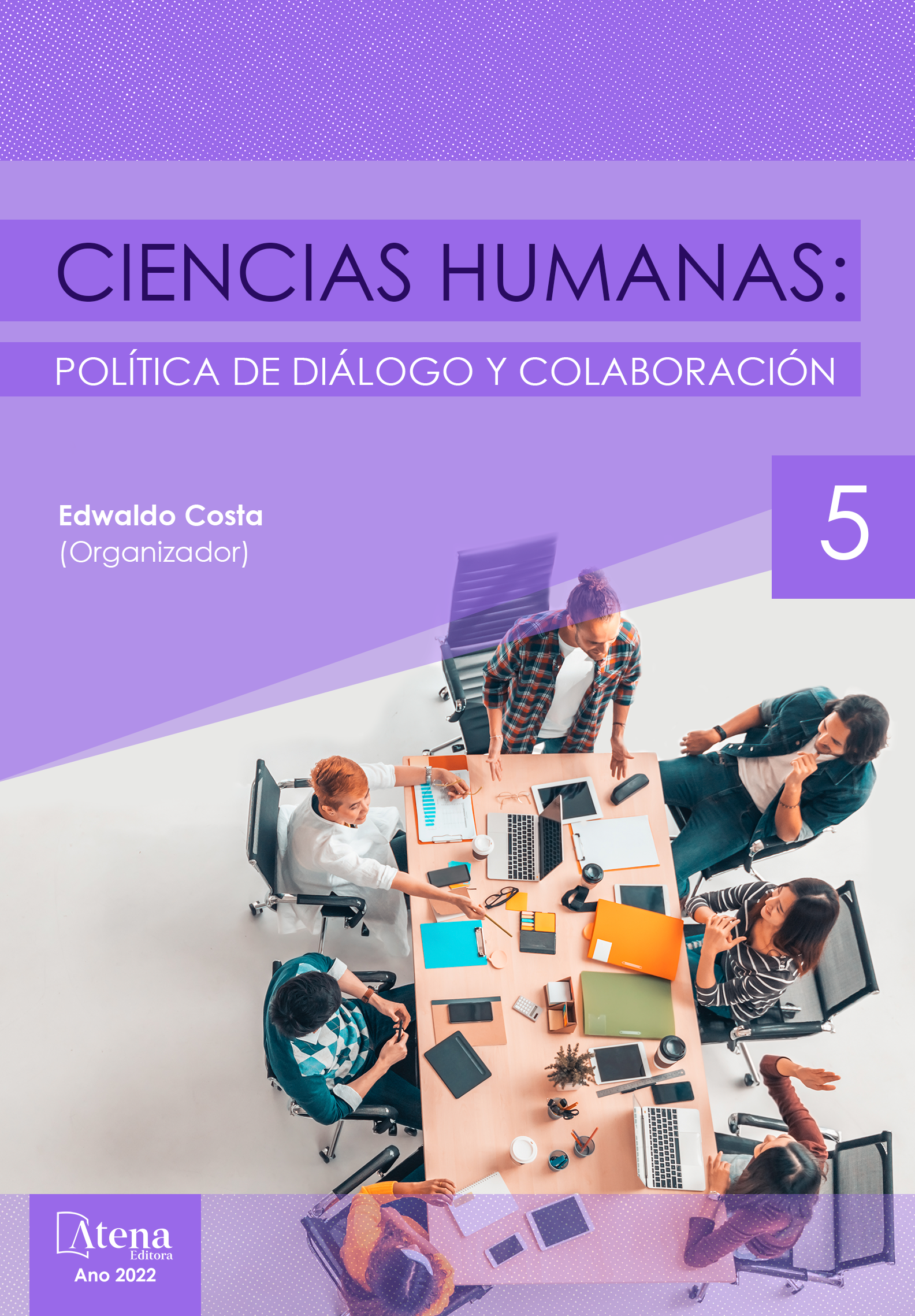
LAURA MONTOYA UPEGUI Y MARTHA NUSSBAUM: LA COMPASIÓN FRENTE A LOS EXCLUIDOS
En este proceso investigativo, se retoma a Hans-Georg Gadamer con el método hermenéutico en el que se considera la intertextualidad como relación dialógica para hacer un acercamiento a la vida y obra de la Santa Laura Montoya Upegui, instaurando el diálogo con Martha Nussbaum y así, resaltar las situaciones de vulnerabilidad social de la época. En el período histórico que le tocó vivir a la santa, los indígenas se consideraban seres violentos y sin valor. Además de la miseria, en Colombia existían diferencias muy marcadas entre los seguidores del partido liberal y el partido conservador. Por lo tanto, estaban los ingredientes necesarios para activar procesos sangrientos en ciudades y campos. Además, se instituye el asco, indicando el deseo de ocultar las señales de la propia animalidad. Teniendo en cuenta los anteriores aspectos y retomando la obra “Historia de las misericordias de Dios en un alma. Autobiografía Santa Laura Montoya”, se evidencia, como lo menciona Nuusbaum, un asco proyectivo frente a las minorías. Por lo tanto, para la misionera, una de las prioridades es desarrollar, a través del ejemplo o lecciones objetivas, los sentimientos humanos. Promover la compasión, antes de mostrarles las semejanzas con el cristianismo, pero desde la cercanía, viviendo con ellos y compartiendo sus mismas humillaciones.
LAURA MONTOYA UPEGUI Y MARTHA NUSSBAUM: LA COMPASIÓN FRENTE A LOS EXCLUIDOS
-
DOI: 10.22533/at.ed.53822010811
-
Palavras-chave: Compasión, sentimientos, emociones y vulnerabilidad
-
Keywords: Compassion, feelings, emotions and vulnerability
-
Abstract:
In this investigative process, Hans-Georg Gadamer is taken up with the hermeneutic method in which intertextuality is considered as a dialogical relationship to make an approach to the life and work of Saint Laura Montoya Upegui, establishing the dialogue with Martha Nussbaum and thus highlight the situations of social vulnerability of the time. In the historical period in which the saint lived, the indigenous people were considered violent and unworthy beings. In addition to misery, in Colombia there were very marked differences between the followers of the liberal party and the conservative party. For this reason, they established the necessary ingredients to activate bloody processes in cities and countryside. In addition, disgust sets in, indicating the desire to hide the signs of their own animality. Taking into account the previous aspects and returning to the work “History of God's mercies in a soul. Autobiography Santa Laura Montoya”, it is evident, as Nuusbaum mentions, a projective distaste for minorities. Therefore, for the missionary, one of the priorities is to develop, through examples or objective lessons, human feelings. Promote compassion, before showing them the similarities with Christianity, but starting from closeness, living with them and sharing their same humiliations.
-
Número de páginas: 16
- Jenny Alexandra Gil Tobón
- Conrado Giraldo Zuluaga
- Luis Fernando Garcés Giraldo


